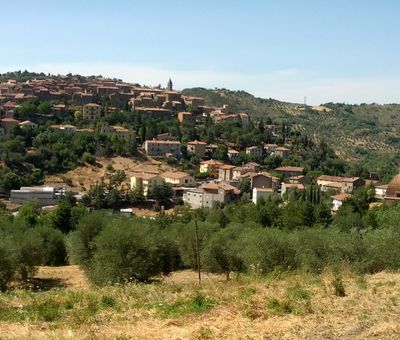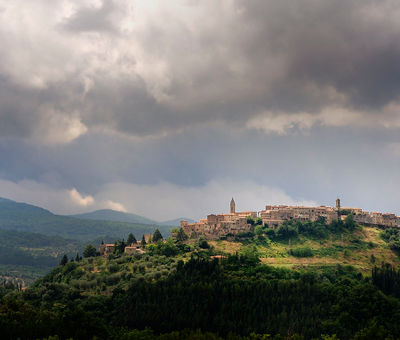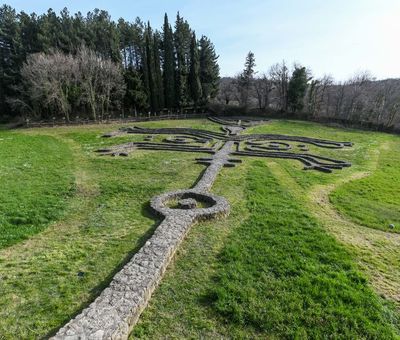The wonderful oil
Experts describe the oil produced by the Seggianese olive as fruity, light and delicate, a
particularly valuable variety. Oil has always had a home here, thanks to the
climate and this variety of olives that can be grown up to 500 meters above sea
level and resists low temperatures. In particular, the Romans gave great
importance to the cultivation of the olive tree, creating numerous farms. The
quality of the oil has improved over the centuries and today it’s truly
excellent. It’s so delicate that it has become an indispensable ingredient in the preparation of typical sweet treats
in the area. In fact, even confectioners agree that the desserts are softer
and more delicate thanks to the oil.
The intelligence of plants
Naturally, Seggiano is home to a museum dedicated to oil where this particular variety was born. It’s a futuristic project, created thanks to the work of a group of architects. It’s original and unique as, according to the promoters, "it dynamically examines individual aspects of plants, and particularly the olive tree, such as...reactions, emotional inputs and...intelligence." That's right, intelligence, because it seem that even plants have some. The museum is innovative and engaging with a path that starts from the large tank located in the walls where a unique installation has been created inside. It’s an olive tree suspended in the large space by its roots. This plant is the largest in the world powered by aeroponic technology, essentially water vapor. It has been tested and verified at the international laboratory of plant neurobiology of the Faculty of Agriculture of Florence, a partner of the project.
The garden of art
No closed museums, no rooms to visit, no pre-established order and no obligatory path to follow. This is the garden of Daniel Spoerri, a dancer, painter, choreographer and sculptor who has been creating a park of 16 hectares since 1997, housing 113 works by 55 different artists. The originality of the park lies precisely in the fact that the works are in direct contact with nature. Both young and old will be able to stroll peacefully outdoors, enjoying the lush panorama that is this side of Monte Amiata, offering visitors installations and works of art along their path.
The works range from mythology, to death, eros and astrology (the entire astrological work of Eva Aeppli is exhibited here). It even features daring experiments such as Soto's Sound Sculpture and the “Chambre No. 13”, A bronze installation that astounds visitor's senses.







